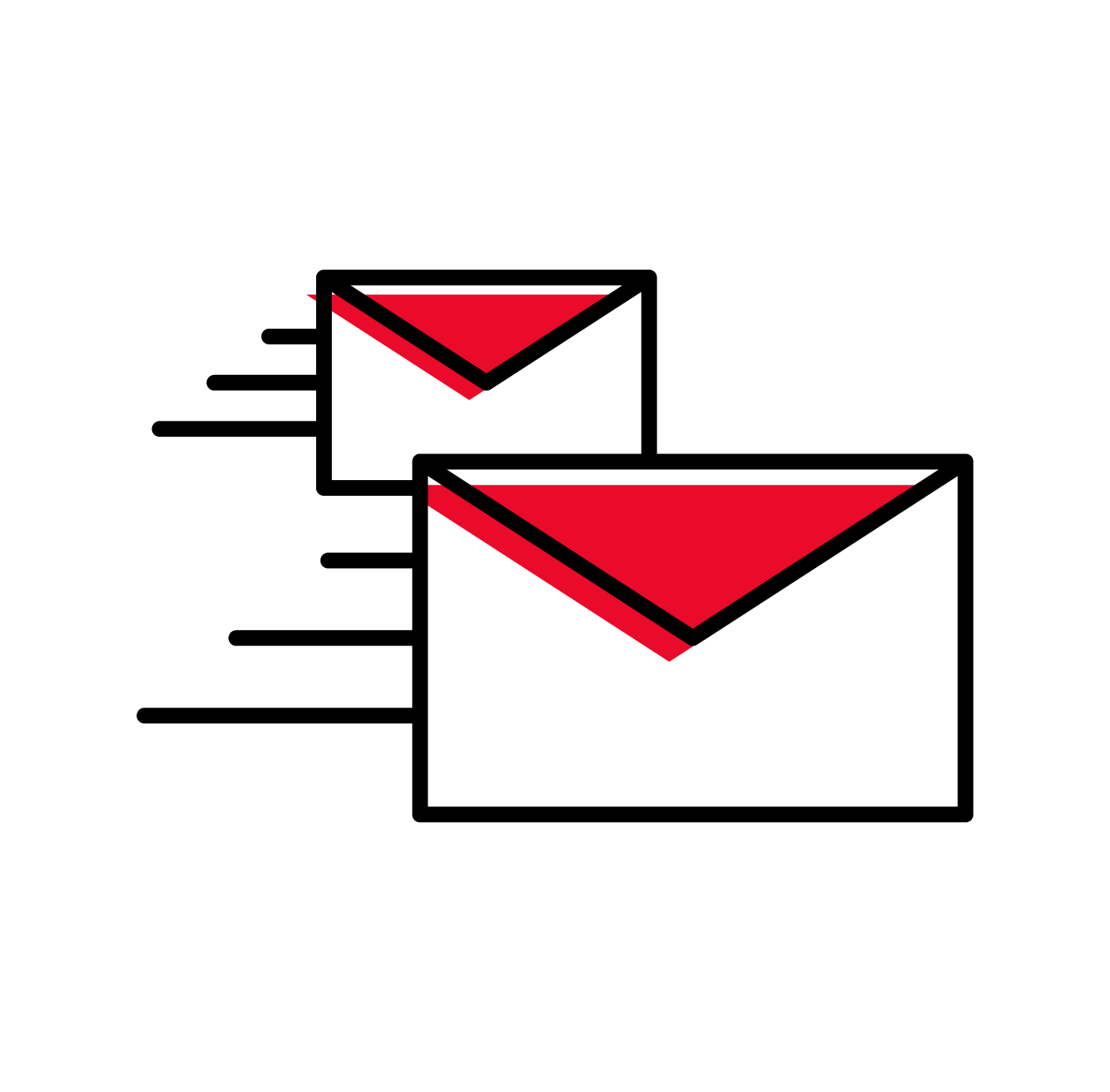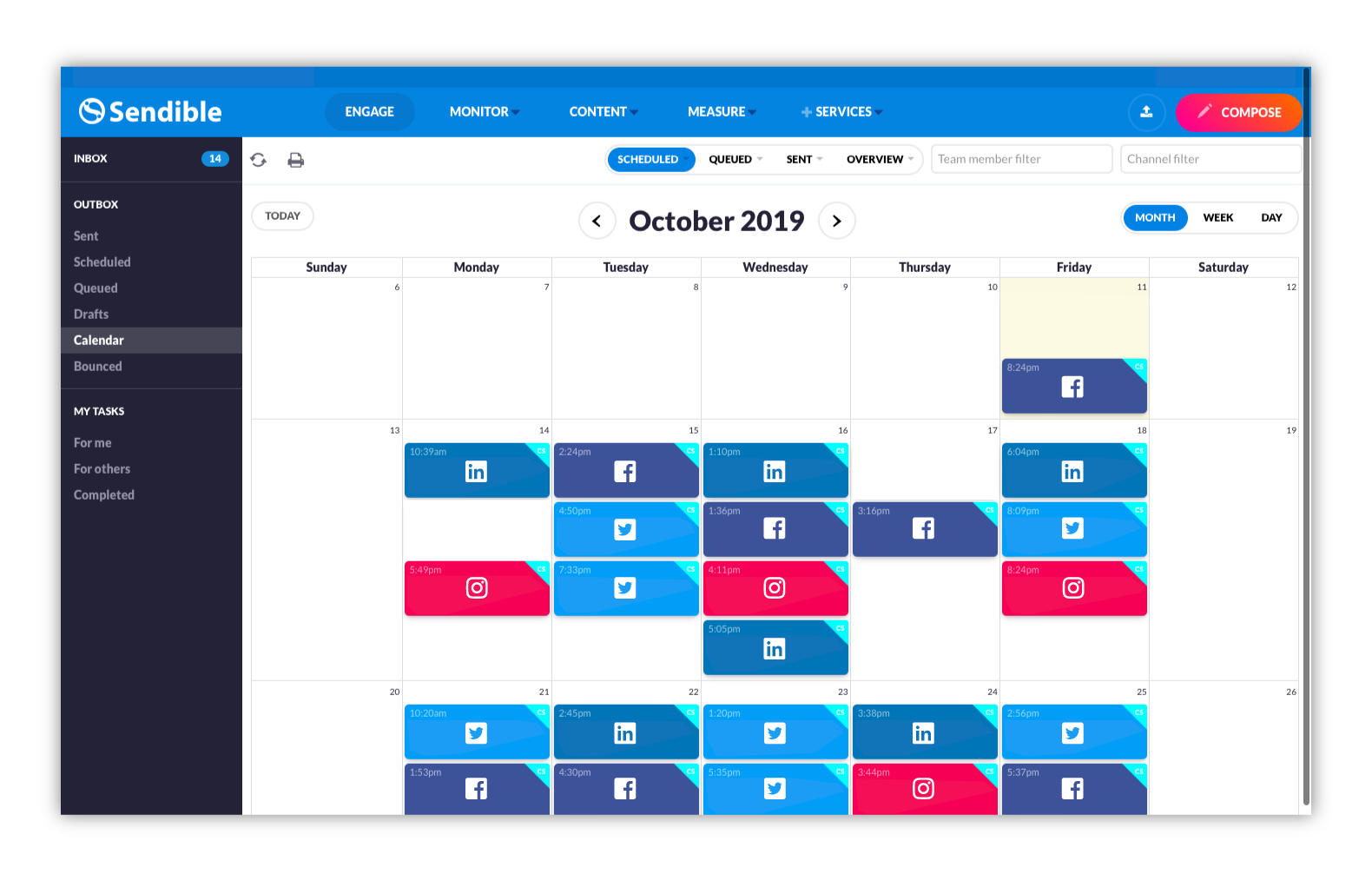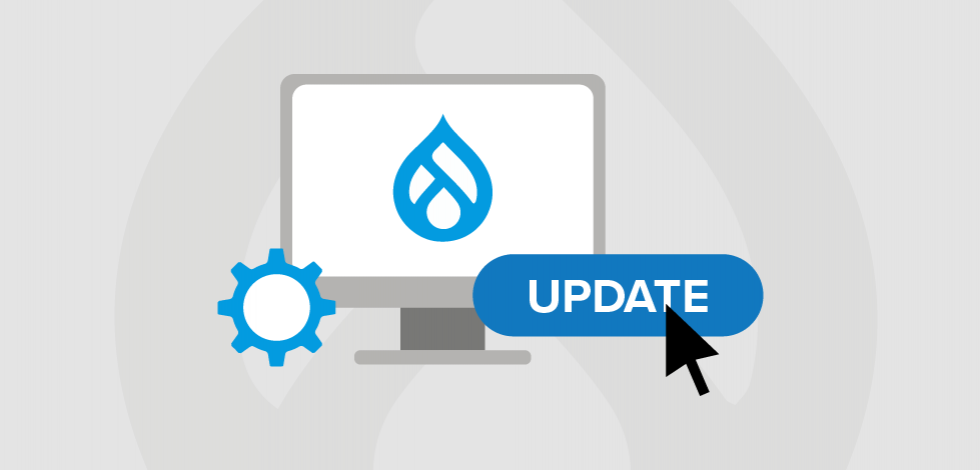Is your company still delaying incorporating marketing automation into its online marketing plan? Here’s why it shouldn’t be.
What is Marketing Automation?
Marketing automation is software that helps marketers streamline and manage marketing tasks across multiple channels by automating repetitive tasks, such as email, social posts and collecting customer data—creating a more efficient way to prioritize and execute marketing processes. At Concentrek, we recognize that marketing automation is a highly important aspect of managing online marketing success, as it frees up valuable time for marketing teams.
But, it’s not as simple as setting up automated responses and then forgetting about them—it still requires consistent monitoring in order to achieve positive results.

Understanding How Marketing Automation Works
You can implement digital campaigns through marketing automation software, allowing you to create workflows that essentially press that send button for you. There are numerous types of workflows that can be triggered automatically to nurture a lead, such as someone visiting a webpage or clicking a link. You decide which workflows to automate, depending on whether or not certain conditions are met by the customer.
For example, when we worked with Sonendo®, we set up a drip campaign that was triggered based on the actions someone took—or didn’t—from one email to the next. This helped ensure continued communication and allowed us to target current and potential customers with the right message based on there they were in the workflow.

Why Should You Be Using Marketing Automation Software?
Incorporating new software into your marketing plan can seem daunting, but marketing strategies are constantly changing—and your marketing team needs to change with them. Take a look at why you should implement this technology to help benefit your marketing strategy.
Save Valuable Time
Utilizing marketing automation software most importantly helps you save time. Automation assists in running campaigns, taking care of the repetitive tasks and growing your business. For example, if you’re running multiple social media accounts, you can manage all of them from one dashboard. You can even schedule your posts ahead of time, making it quicker and easier to keep your accounts running smoothly.
To help best manage our clients’ varied social media channels, we invest in effective management tools that help us distribute—and analyze—content from various social media channels. The result? We have a more holistic look into all of our clients’ marketing efforts, helping determine what’s working and what isn’t, which allows us to optimize for the best results.

Reach Across Multiple Channels
A successful automation campaign will ensure your brand is reaching more consumers and that you’re reaching them on their preferred platforms. According to 95 percent of marketers surveyed, multi-channel marketing is imperative, and utilizing automation to help collect analytics from a variety of sources will help your brand gain a more in-depth idea of your customer base—allowing for more thorough audience targeting.
Repurpose Your Older Content
When you create and publish content for your brand, that’s usually the end of it. But with marketing automation, that can be different. We recommend to our clients that they repurpose their old content by setting up a workflow to distribute relevant content to a customer based on where he or she is at in the buying cycle. If a customer is currently in the consideration stage for a product or service, try directing him or her to a previously published blog that provides deeper insight into your company, including its mission and product/service offerings.
Repurposing content is an imperative part of ensuring you’re using your company’s content to the fullest extent. When we develop blog content for Sonendo’s GentleWave® Procedure, we schedule it for distribution on relevant social channels on a consistent basis to ensure we’re maximizing exposure of the content. We focus primarily on the consumer-facing platforms to ensure it’s reaching the right audience—in the right place. The result? The GentleWave Procedure blog has seen 241,253 pageviews with an average time on page of 3:24, helping increase awareness of the brand.

Discover What’s Working—and What isn’t
After setting up your marketing automation, you’ll begin to notice what’s working and what needs to adapt. Marketing automation gives you insight into what your consumers are thinking, their behavior and where they are in the buying process—giving you the opportunity to make adjustments.
How Can You Best Integrate Marketing Automation?
When you start integrating marketing automation software into your business, you have to determine your specific goals. At Concentrek, setting goals is the first step to any project we do, and we want to ensure our clients always put an emphasis on this step.
Are you looking to gain more customers or tighten your current relationships? Has your customer base grown too large to manage without automation? Whatever your goals, it’s necessary to understand the best practices on how to use automation to see success and ROI.
Create Buyer Personas
A buyer persona is a fictitious, generalized representation of your prospective customers, and they can help marketers, as well as sales, products and service teams. Although it can take some time to create these personas, they are imperative when generating and tailoring your content so you can best target your ideal customer.
When looking to create buyer personas, you need to understand your dynamic customer base, collect information through market research or insights. Insights are more than just data; it’s information with human thought and reasoning applied. They are an interpretation of the current trends in human behavior for sales and buying experiences.
After collecting your data, conduct interviews to further your understanding of your customer’s buying process. Some great sources to reach out to include your customers, prospects, co-workers or social followers. You’ll want to gather information from the good—and bad—experiences your interviewees may relay. This can help you not only improve your buyer personas but understand where you may have lost potential customers and why they disliked your product or service.
Once you’re ready to start building your personas, you can download free templates to efficiently keep track of all the information you’ve gathered on your prospects—or you can work with an agency like Concentrek who has expertise in creating these personas and applying them across marketing efforts. We can then work with you to develop content toward the right leads—in the right tone and format. That way, your prospects will receive a more personalized experience, and you’ll better understand how to communicate with each type of persona.
In developing a cross-channel marketing strategy for Dana Aftermarket, we started the process by building out buyer personas, which showcased Dana’s target audiences for all of its automotive products. This helped drive our strategy, including channel planning, to ensure content was being distributed correctly across the Dana Aftermarket social media channels and website. Taking the time to understand who was purchasing form Dana Aftermarket helped us understand what messaging they would benefit from—optimizing our marketing efforts across the board.

Understand the Buyer’s Journey
The buyer’s journey is the process consumers go through when contemplating making a purchase. There are various stages in the buyer’s journey, so if you’re reaching out to your sales team to take action, you want to understand which stage your prospective customer is currently in. The main stages of the buyer’s journey are:
- Awareness: Recognition that there is a need for a product or service, whether it’s from seeing an advertisement or visiting a website.
- Consideration: Research of products or services begin, and an opinion is formulated opinion on whether or not it will suit the consumer, comparing the cost and effectiveness of it.
- Purchase: The decision to purchase the product is made. This crucial stage is also where a business can acquire a consumer’s information for future sales to work toward developing a stronger relationship with him or her.
You don’t want to push for potential buyers to fill out personal information when they are still in the consideration stage, so understanding this cycle will help ensure you are nurturing the right leads—at the right time.
Don’t “Spam” Customers
Marketing automation is not a tool to spam your customers. You want your automated content to have value to those who see it. Focusing on topics customers want to engage with is the best way to continue the conversation, helping with lead conversion later on. At Concentrek, our standard frequency recommendation is twice per week, depending on what you’re marketing; however, it’s important to base frequency more concretely on insights and data specific to your brand and industry.

Setting Up Your Marketing Automation for Success
You’ll need an internal champion who is familiar with using marketing automation and will ensure you get the most out of your software. While marketing automation software may take some time to learn and implement, when successfully done, it can help and create a stronger relationship with customers, provide more qualified leads and increase sales.

Take the Next Step
Ready to work with a team experienced in marketing automation? Reach out to us today.




